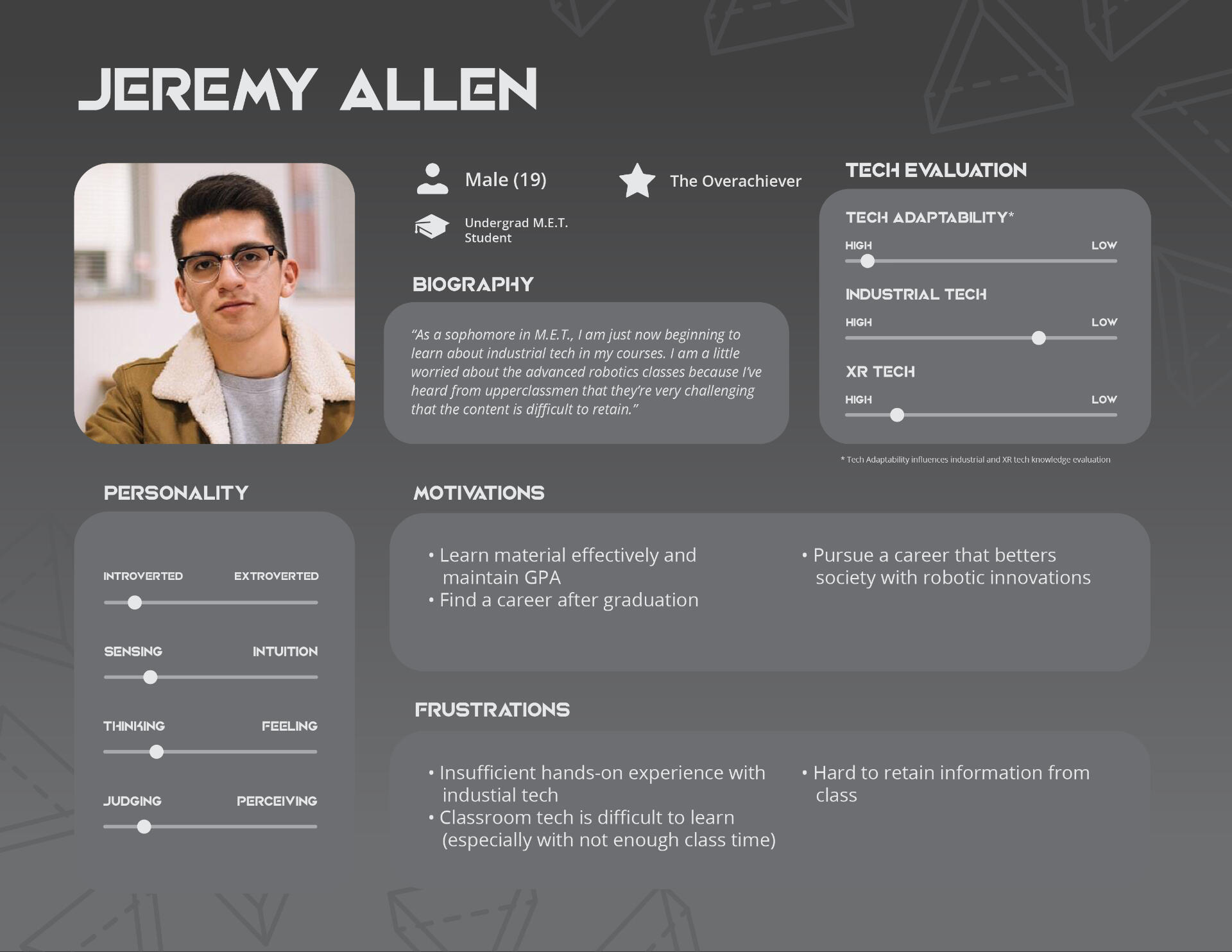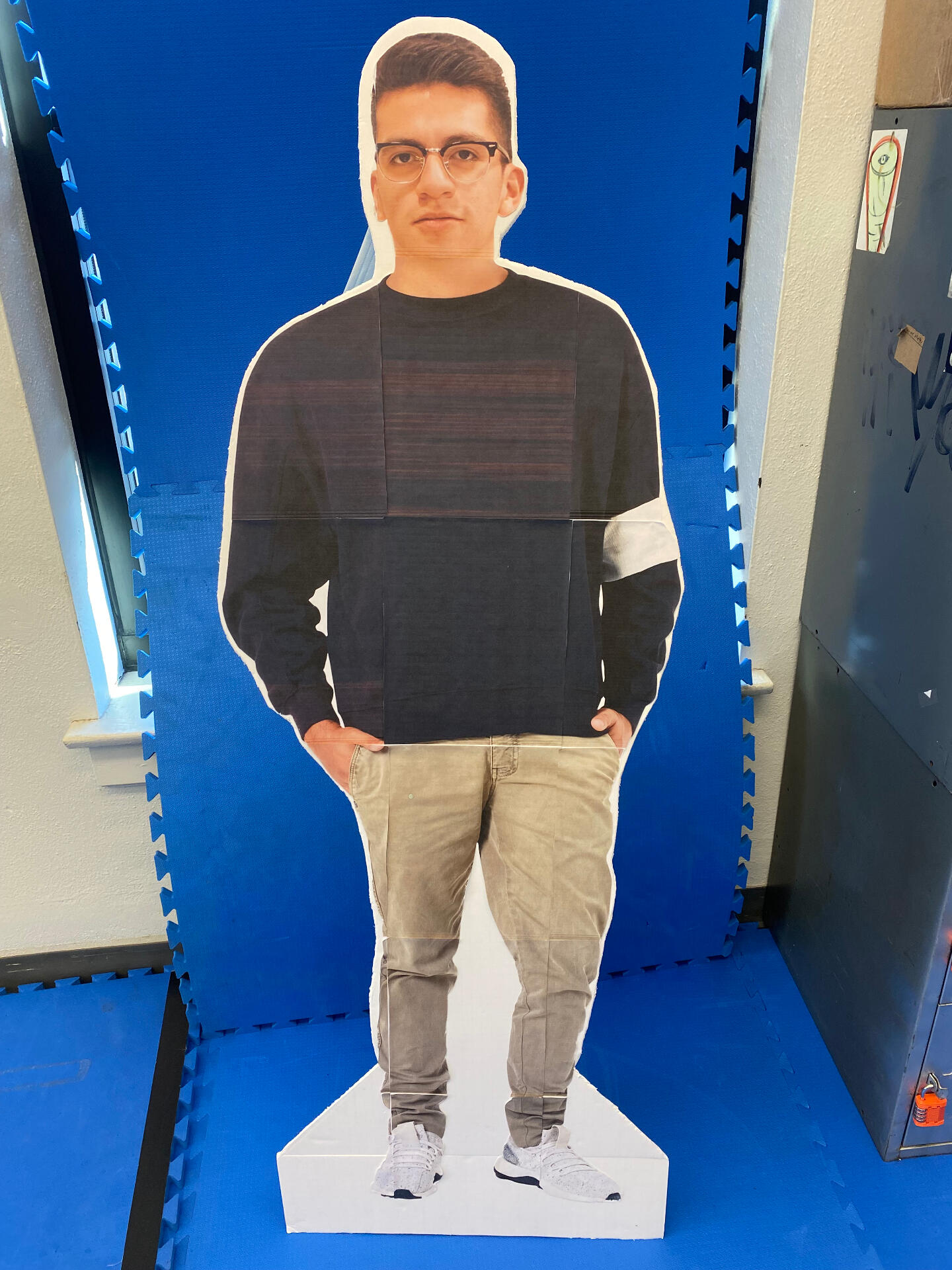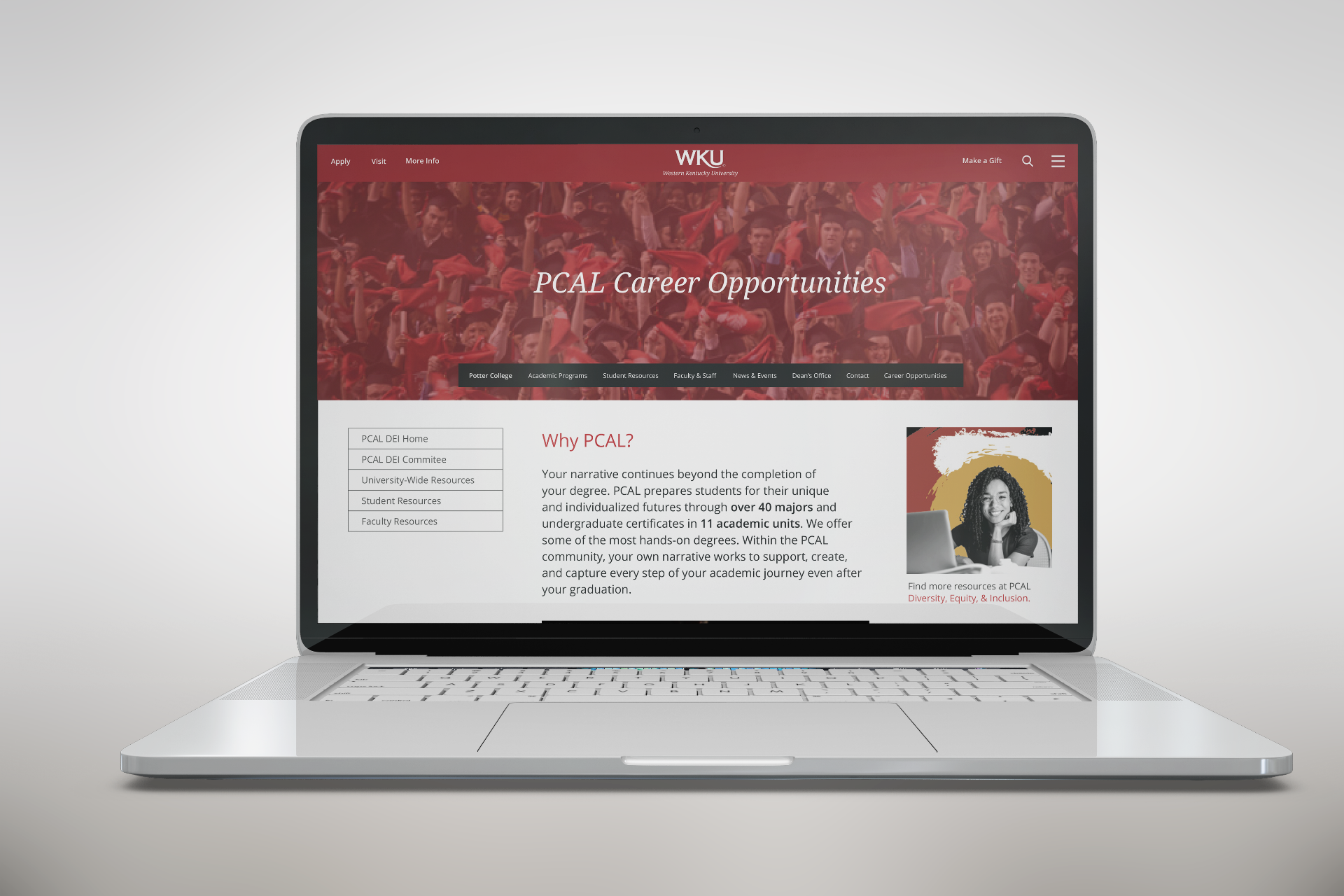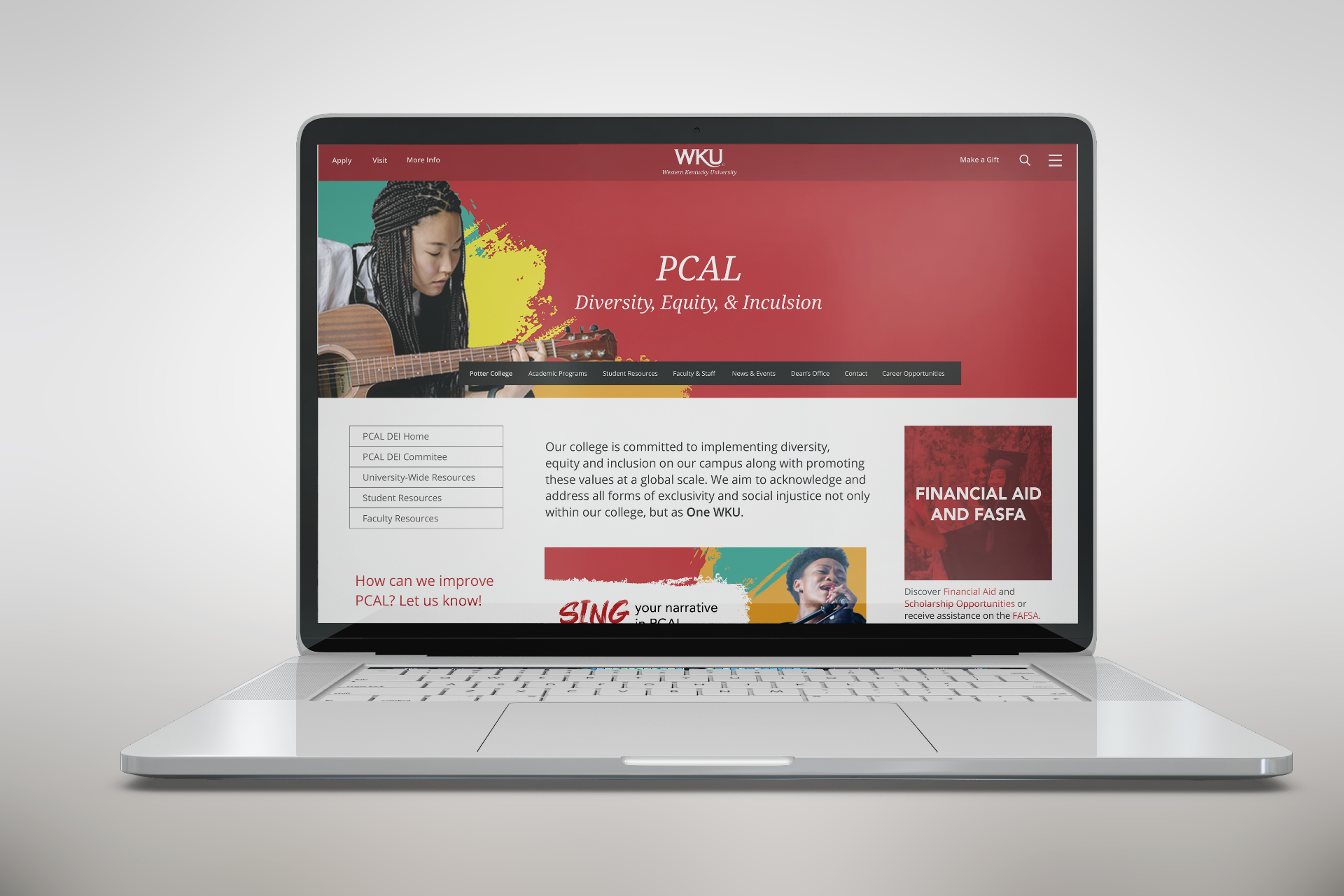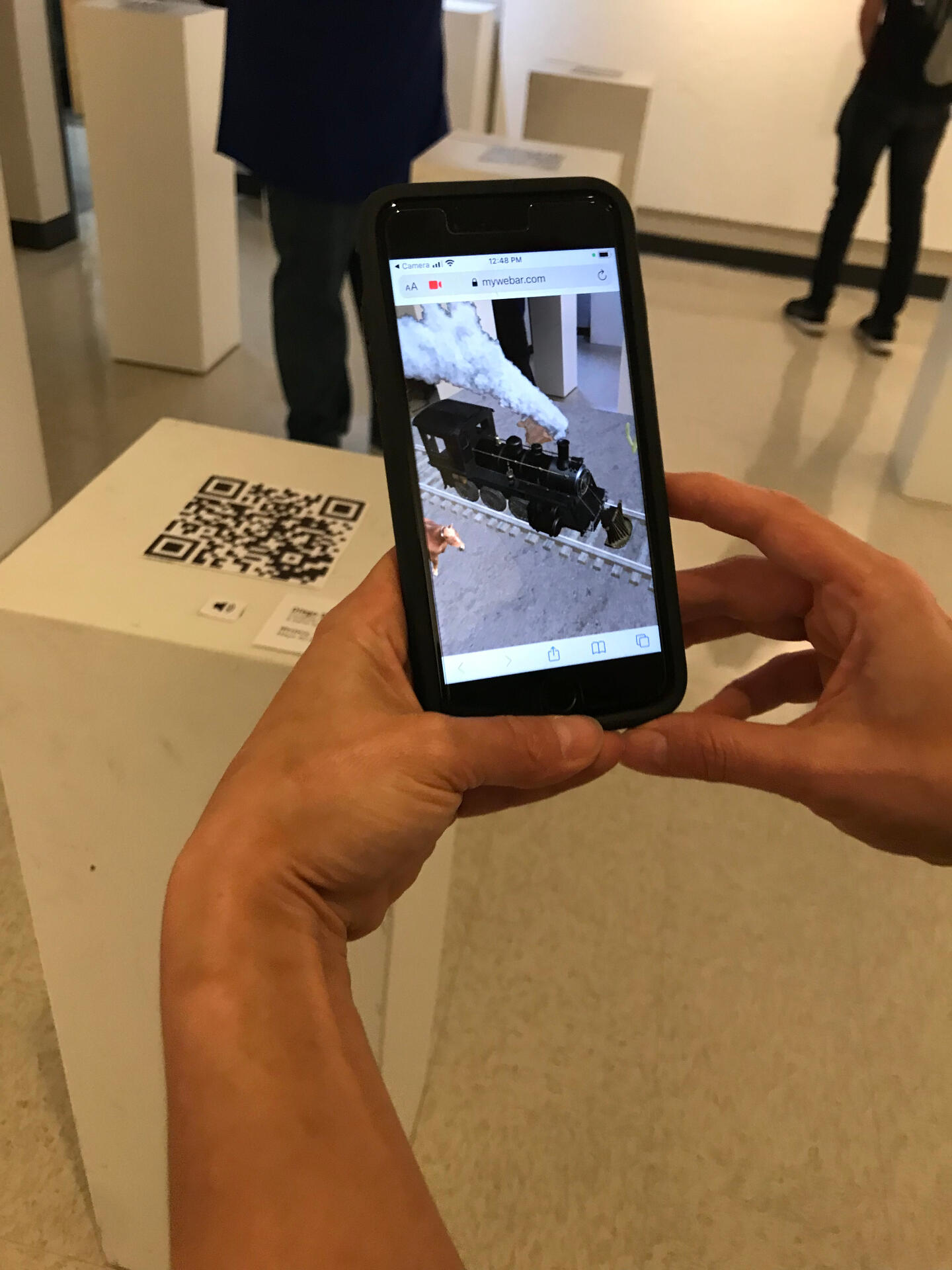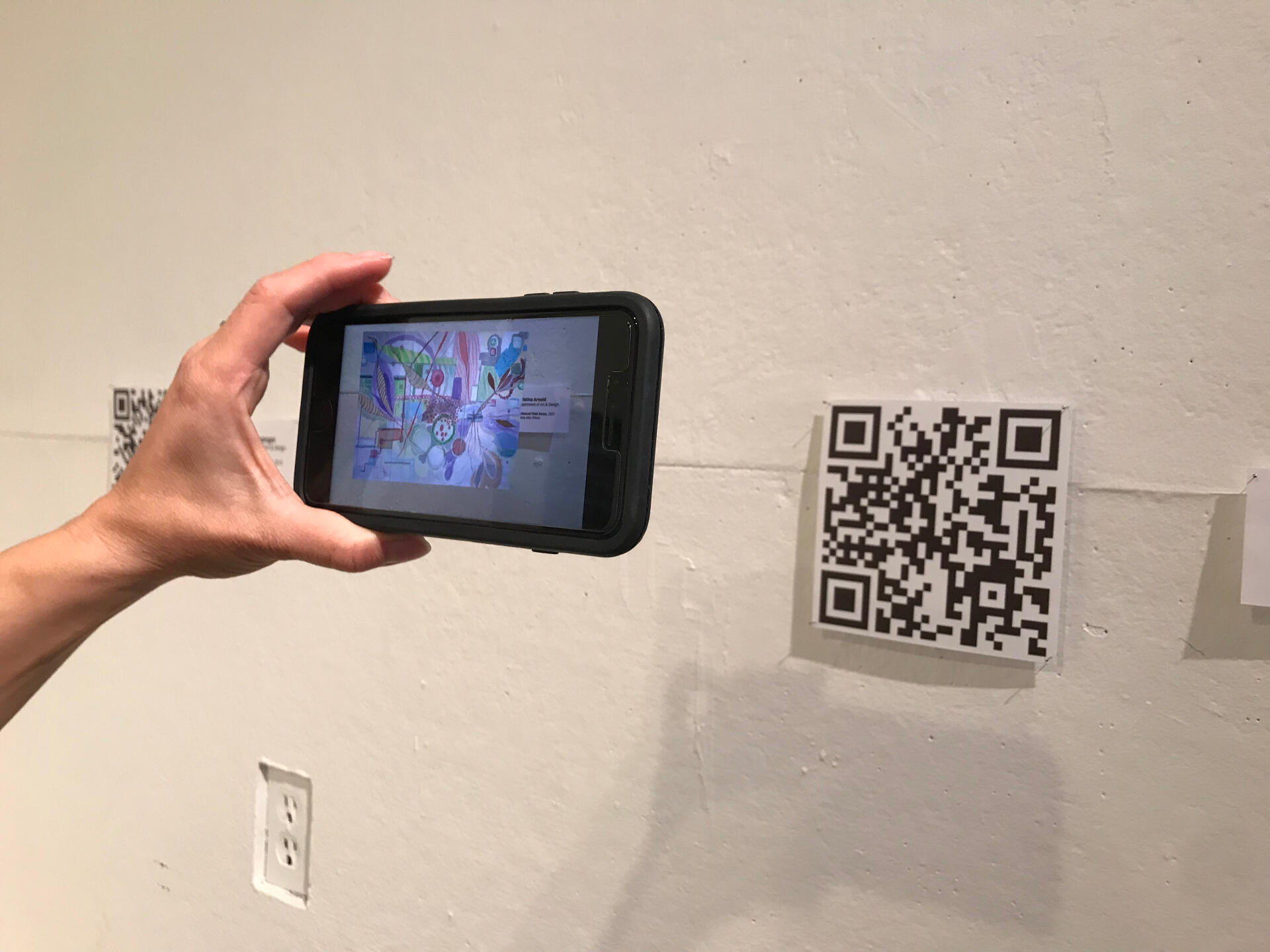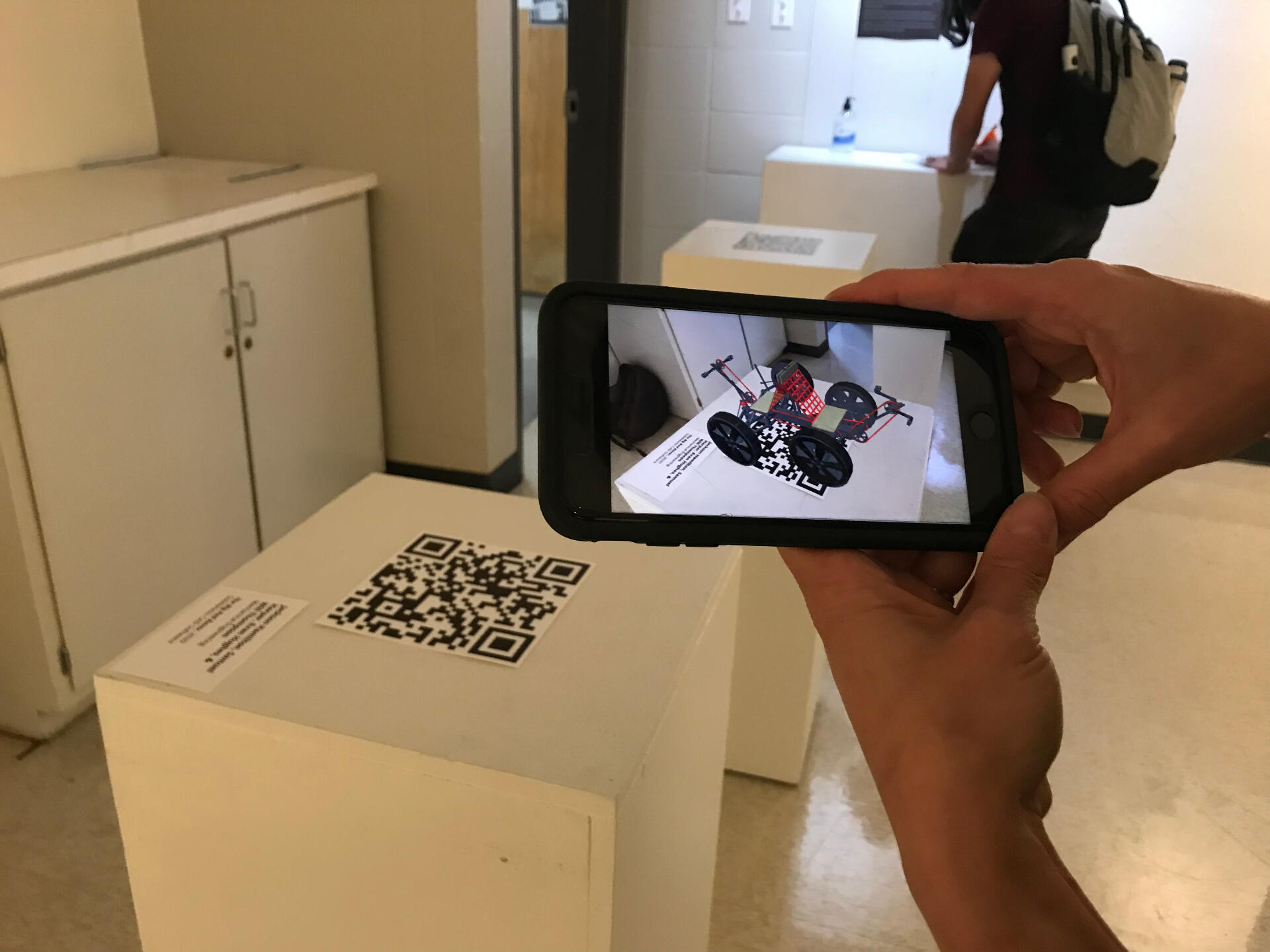Case Studies
National Student Advertising Campaign (Oculus)
"The National Student Advertising Competition is the premier college advertising competition that provides more than 2,000 college students the real-world experience of creating a strategic advertising/marketing/media campaign for a corporate client."
Each year, the NSAC hosts a sponsor that provides the campaign's brief. For the 2021-2022 academic year, Facebook/Meta's Oculus was chosen to provide a brief related to expanding the headset's client audience.
For the fall semester of 2021, my main role in the campaign was collecting creative strategy data, curating methods to collect primary research, and beginning the interview process.
Western Kentucky University Extended Reality Lab
In April of 2021, faculty from Western Kentucky University's PCAL College of Arts & Letters and Ogden College of Engineering and Applied Sciences came together to create the first collaborative research lab between these two colleges. Gatton, undergraduate, post-baccalaureate, and graduate students from varying disciplines (engineering, computer science, graphic design, user experience, computer animation, and game design) work collaboratively to research and develop Virtual Reality (VR), Augmented Reality (AR), and Mixed Reality (MR) programs. The culmination of VR/AR/XR is defined as "XR," or extended reality.
As one of the founding members, I have held several roles in the formation and execution of the lab. One of my first and longest-running duties is maintaining and content-creating for the lab's social media pages. Currently, the lab has Instagram, Facebook, and LinkedIn profiles.
Aside from Social Media Manager, my additional position in the lab is UX Specialist. As for our first full semester, our main objective of the lab is to complete a grant project that proposes a VR training simulation for industrial robotics. To go about this as efficiently as possible, the founding members suggested the creation of subgroups to encourage interdisciplinary specialization. The UX team, consisting of a mechanical engineering technology student, an electrical engineering student, and a graphic design student, first began their research by completing a SWOT analysis in regards to the lab as well as the application of the project itself.
A SWOT Analysis is an evaluation of a given group's Strengths, Weaknesses, Opportunities, and Threats. In the context of this project, our SWOT focused on the pros and cons of the feasibility of a VR training program in industry, the acceptance of VR as a whole, and the lab's human and technological resources.
Using the base information derived from the SWOT, each member in our group created a user persona. A User Persona is a fictionalized depiction of a specific demographic used to produce the best product to fit their needs. With the various applications of this project, we believed it would be ideal to create four personas: Two users (College Engineering and High School Student) and two instructors (College Professor and Industrial Trainer). To further visual the UX research we had completed (and to have a bit of fun), we created a life-sized cutout of our primary user, Jeremy. This allows subgroups outside of UX to remember the person for whom they are developing.
Wrapping up the Fall 2021 semester, we created and distributed a set of interview questions to collect primary research from industrial and academic professionals. The purpose of these testimonials (and arguably all of User Experience) is to provide the "why" to the project. By collecting testimonials on top of secondary research, we create a more holistic research methodology.
PCAL College of Arts & Letters Rebrand
Imagewest is a student-operated advertising agency internship located on Western Kentucky University's campus. As a training strategy, each semester a week-long "Bootcamp" is held to train new interns before the semester starts. For Bootcamp Fall 2021, our campaign was a rebrand of WKU's PCAL College of Arts & Letters.
With the introduction of a new Dean, PCAL commissioned Imagewest to create and execute a rebrand campaign that focused on diversity, equity, and inclusion, as well as recruitment of high school graduates into our college. This consisted of a website revamp, TikTok and Instagram Content, Promotional T-Shirts and Tote Bags, Posters, and Printed Guides.
My role for this specific Bootcamp session was redesigning the website. Because the website already existed, basic design and UX principles were needed to clean it up. This included changing the copy text for clarity, reducing content for ease of use, and adding more visually appealing content. In addition to changes in layout design, "eye-catching" graphics were requested to engage users.
My solution to this request was to create a promotional video to set the mood of the rebrand. Using stock footage from Pexels, I added organic elements that matched the campaign's brand board using Adobe After Effects. Because this is a prototype, it would be most ideal to replace the stock footage with footage of real student activities at WKU.
Augmented Reality Gallery
As an extension of the Western Kentucky University Extended Reality Lab, four founding XR members independently curated their university’s first-ever augmented reality gallery to bring more representation to the digital arts. Because modern audiences have become desensitized to computer-based arts, there is now a stigma that digital arts are not as “profound” as the fine arts. By featuring this work in a traditional gallery space, the intention was to show that these mediums are just as thoughtfully and emotionally executed. Student and faculty works ranging from graphic design, illustration, animation, 3D/CAD models, and screen prints were considered eligible for the show. Over 25 works in total from creatives from a wide range of disciplines were collected and transformed into corresponding QR codes that guests could scan on their smart devices in the gallery space.
Since the assimilation of computers into society, it has been speculated that humans and computers could not coexist due to their different interpretations of stimuli. Goeting (2018) argues that modern artists have defied this assumption by further investigating the dichotomy between man and machine: The rigid binary that creates artificial intelligence would be difficult for a human to replicate, however, humans have the emotional intelligence to find patterns and deeper meaning that computers cannot comprehend. Using the capabilities of technology with the cerebration creatives attribute to their personal work, modern art is continuously being redefined by computational and creative collaborative experiences.
Despite CS and Art & Design naturally coming together in technology-based workplaces, the curators noticed that no overlap occurred between the two departments at their university. However, this is not to say that front-end and back-end aspects are not included in both curriculums. With this being said, the curators felt that a bridge between CS and Art & Design students would not only make sense but also strengthen the correlation between both academic areas in the context of WKU.
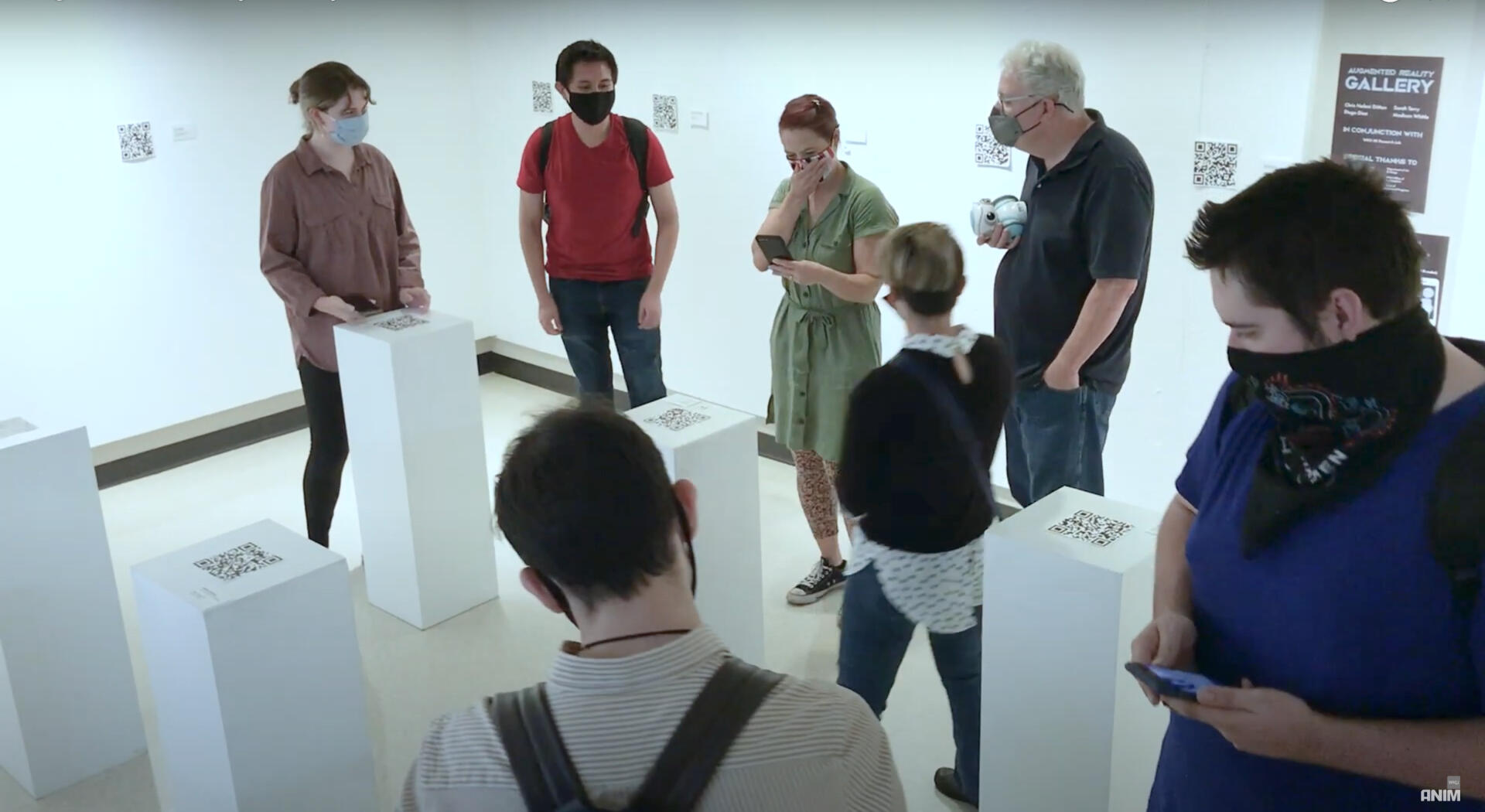
The most crucial aspect of any exhibition is the work that’s displayed. As the main goal was to curate an interdisciplinary gallery, submissions from varying degree programs were selected to showcase. Curators collected works ranging from 2D & 3D animation, illustration, 3D modeling, graphic design, and pre-exposed screenprints from academic concentrations including graphic design, computer science, computer animation, advertising, user experience, game design, illustration, manufacturing engineering, mechanical engineering, and studio art. Submissions were collected over the course of a week by word of mouth to better manage applications.
Once students and faculty expressed interest in submitting, their working files were collected and prepared to be brought into augmented reality. 2D, layered pieces were brought into their respective program and exported layer-by-layer as .png’s. 3D models and 2D animations were brought directly into MyWebAR.com. This program was selected because of its intuitive user interface and ease of access. Through this program, each piece was digitally cataloged in the MyWebAR library and given a corresponding QR code.
Using the team’s graphic design and advertising expertise, digital and print flyers were used to promote the event. A custom icon was created to make the project more cohesive and attention-grabbing. 75 flyers were printed and distributed throughout campus, specifically in areas of high foot traffic and places relevant to the contents of the gallery (main STEM buildings, School of Engineering and Applied Sciences offices, main art buildings, College of Arts & Letters offices, etc). Digital graphics were posted on Instagram because of the social media’s shareability and accessibility to a larger audience. Likewise, visually stimulating graphics were created to place in the gallery space that introduced the importance of AR and what a STEAM gallery means for the university, explained how to use a smart device to view the gallery, and a thank you to those who supported the project.
Once submissions were gathered and the event was promoted, the final step was the gallery setup. Each piece’s QR code was enlarged and printed on cardstock that was paired with a title card. Depending on the media, certain QR codes were mounted on the wall while others were mounted on the tops of pillars. A guestbook was placed near the doorway to encourage visitors to sign in and leave feedback, which is how we collected aspects of our quantitative and qualitative data.
Following the teardown of the gallery, the guestbook was used to predict the success of the show as well as the number of attendees. An estimated 170+ visitors attended the show and 50 pages of the guestbook were filled with testimonials. Quotations such as “Very cool installation! Raises serious questions about the future/the nature of art and how AR can start to intersect with that world. Really excited to see what comes next & how this can be enhanced in the future,” suggest that the audience response was overwhelmingly positive and that there is much interest in future AR/VR galleries.
Further qualitative data came in the form of news features centered around the gallery. WBKO, Spectrum News, and the College Heights Herald were the main news outlets that reached out for interviews and a press release was sent to local, national, and international news outlets for further coverage.
*Video by Diego Diaz

